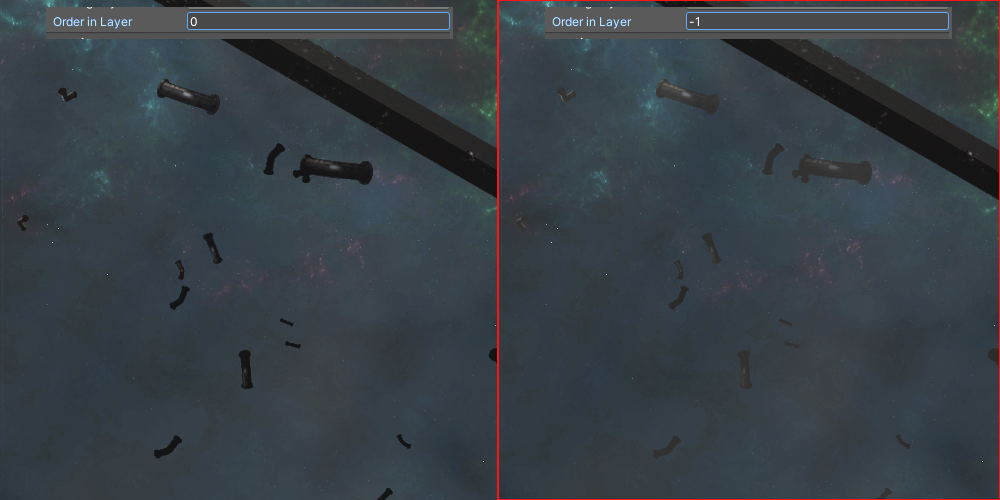Damn, it’s hard to get anything written when you keep finding new issues all the time. But here’s a sentence or two about small improvements I made right after the first test session.
I did some GPU profiling (which you should be doing constantly!) and noticed that one render line took almost two thirds of the processing time. The bad guy turned out to be the smoke under the arena, purely cosmetic, embarrassingly unoptimized. The effect uses lit particles, a relatively new feature in URP that looks nice in motion, but seems to be heavy for the GPU. I made the particles much fewer and larger, which improved the performance without any perceptible quality loss (image on the left below). Lower quality settings now use unlit particles (center), and it is also possible to turn off the smoke completely.

In very old computers, the difference between lit and unlit particles isn’t actually that big; GPU and translucency seem to be the bottleneck here. Without the smoke, everything works fine even on very old laptops.
I also noticed that another background particle effect, scrap, looked like crap as it was drawn on top of the smoke. I dropped its “Visual Effect” component’s “Order in Layer” -value (under “Additional Settings”) below the smoke, and now it blends in well.

And as always, the AI tends to abase its programmer more than it does the players. This time it wasted so many missiles on irrelevant obstacles that I had to command it to check if the trajectory was clear before shooting. The checking algorithm isn’t perfect, but certainly an improvement. The balancing seems like a constant challenge also: AI still tends to be either suicidally aggressive or overly passive.
Combats get sometimes too chaotic, which harms the gameplay by taking away the feel of control. A slight improvement was to increase cannon shooting interval from 1 to 1.5 seconds per cannon. This should emphasize accuracy and reduce the risk of tendonitis, hopefully also balance the overpowered close combat ship.
There have also been positive findings: the audience didn’t cause noticeable performance drop on any device, so I can let in even more spectators.
Next post will be about the second test session. With some new video footage.
EDIT: I brightened the images so you can actually see something.

